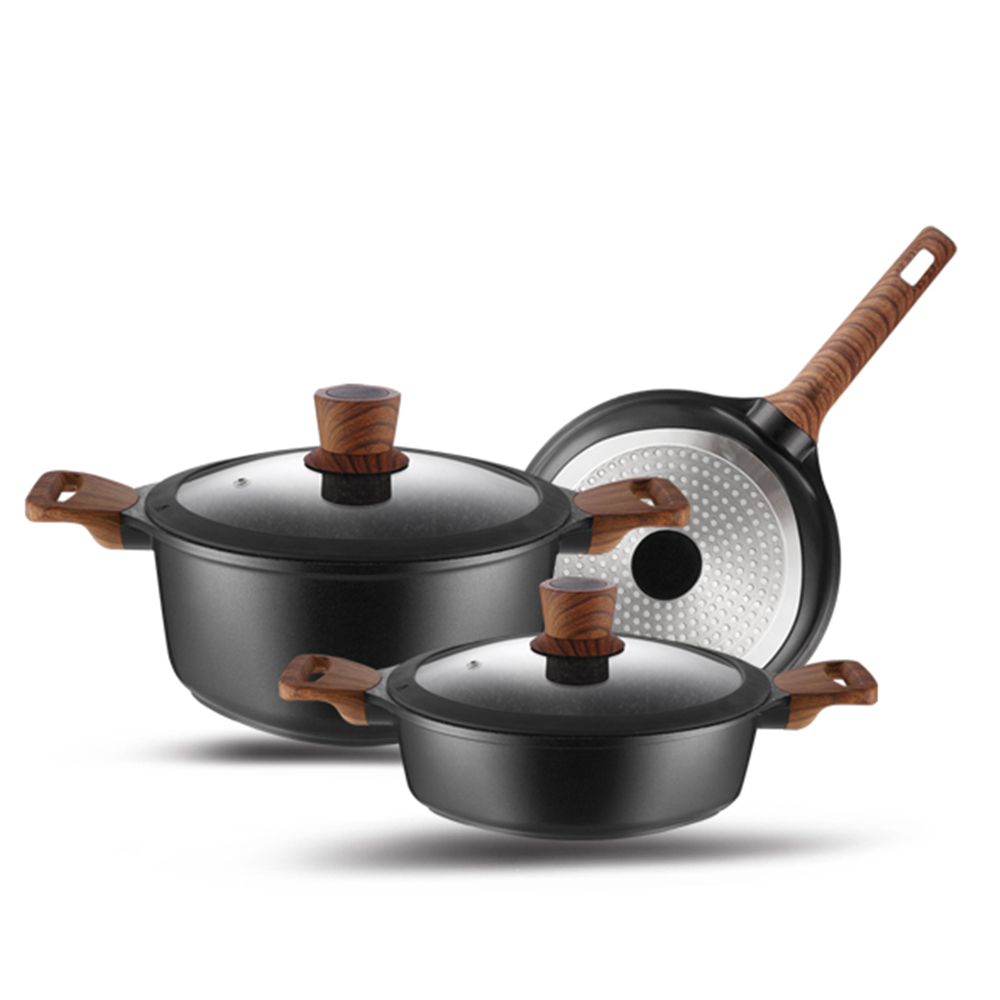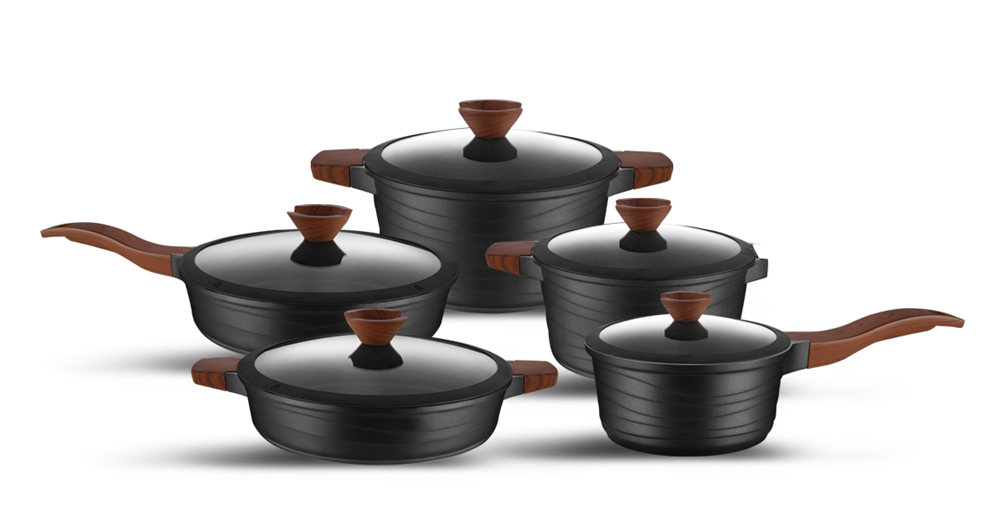Identifying the color of the film is a basic issue in prepress work. For some novices, the main method is to observe the color mark in the lower corner of the film, such as the YMCK mark, but what if there is no such mark? We use the following method to distinguish this problem.
First, the level division method
For black and yellow, this method is very practical. Generally speaking, in the four-color version, the black version is mostly copied in short tones, so there are very few levels and it is easy to recognize; what about the yellow version? Since the yellow component is relatively heavy in most works, it seems that the yellow version is very full, very mushy, and relatively easy to recognize. The magenta version and the cyan version have similar levels. If you do n’t have the experience of color separation, this method is often easy to confuse.
Second, the characteristic color discrimination method
Generally, pre-press workers with experience use this method to distinguish. Because it conforms to the principle of color separation, it is very accurate to use. We know that after color separation by color filter, each color version has its basic color and opposite color. For the magenta version, the basic colors are magenta, red, blue-violet, and black, while the opposite colors are yellow, cyan, green, and white. Therefore, all red, blue-violet, and magenta should have a very dark black color on magenta color separation film. We can find some related characteristic colors, such as red flags, red seals, characters' lips, etc. These parts should be dark on the magenta version, and light on the blue version. On the contrary, some sky, sea, forest, etc. are light in magenta and dark in cyan.
Third, the angle distinction method
This is observed from the perspective of the color separation of the film with the help of a magnifying glass. In general, the angle of the yellow version is always 90 °. This is arranged in consideration of the characteristics of the weak color version. Since magenta, cyan, and black are strong color versions, it is necessary to avoid the appearance of moire. They are mostly arranged with an angle difference of 30 ° different from 45 °, that is, 15 °, 45 °, and 75 °. The angle of the strong color version can be determined according to the characteristics of the original, there is no fixed angle. The yellow color is a weak color version. Even if moire appears, it is difficult for human eyes to observe. For square dots and round dots, when the fourth ideal angle cannot be arranged in a quadrant, the worst angle is given to it. Therefore, its angle is arranged at 90 °. Note that because the angle arrangement of the chain point is 0 ~ 180 °, it is another matter for the chain point.
Fourth, the net flower distinction method
If there are proofs, you can also use the proofs to distinguish the net pattern. Put a dichroic film on the proof sheet and turn it slightly at an angle, and some colored net flowers will appear in the tone area, that is, moire. If the magenta net flowers appear, this film is the magenta version; if it is the cyan net flowers, it is the cyan version. Why is this?
We know that the smaller the angle between the two dots is, the larger the block pattern is, and the more obvious it is. When a single-color film is placed on the sample, its angle is the same as the angle of the original color in the four-color sample. After the film is turned slightly, the difference between the original angle of the film and the four-color sample is very small. A very small difference in angle makes it easy to generate an obvious natural net pattern. This can help us easily recognize the color of the film. In summary, we can conclude that different color versions are a quick and effective method of distinguishing.
Distinguish order Color version Distinguish method Tool 1 Black version Hierarchical distinguish method Visual inspection 2 Yellow version Hierarchical distinguish method Visual inspection Angle distinguish method Magnifying glass Net flower distinguish method Sample 3 Magenta version Net flower distinguish method Sample Green version Characteristic color distinguish method Visual inspection
Die-cast aluminum cookware is generally thicker and retains heat better than pressed aluminum cookware, but it is considerably more expensive. If the cookware has been manufactured by a casting process, it will be called cast aluminum cookware.,which is made by injecting molten aluminum into a metal mold under substantial pressure.



Die-Cast Cookware,Die-Cast Aluminum Cookware,Die-Casting Aluminum Cookware,Die-Cast Aluminum Ceramic Cookware
OSFE INDUSTRIAL CO.,LTD , http://www.1758cookware.com